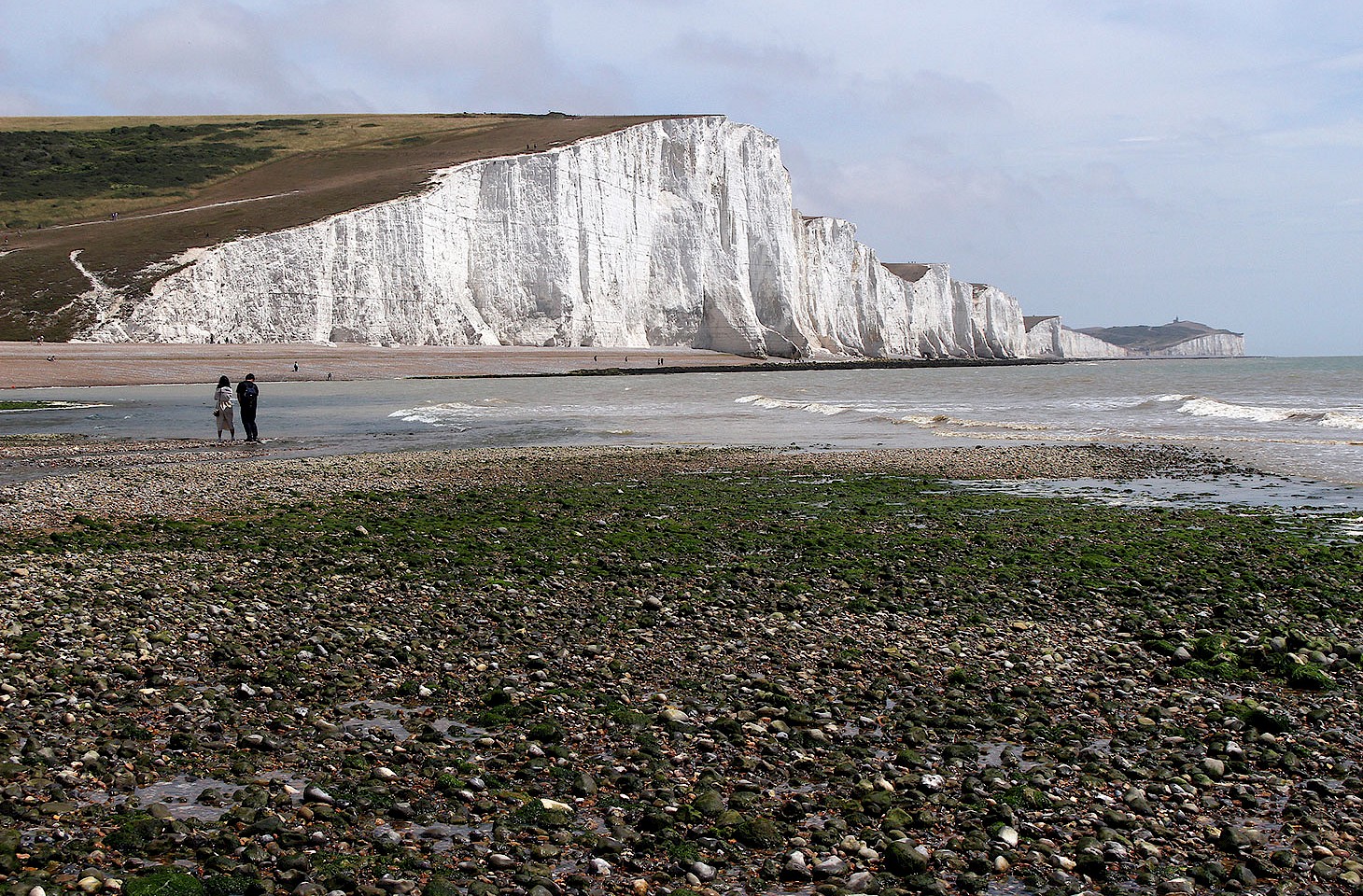Dear fellow travellers
The poet Edward Thomas famously recalled in verse a June day in 1914 when the morning train from London to Hereford paused at a country railway station by the Gloucestershire village of Adlestrop.
You'll look in vain for Adlestrop in any modern train timetable. The station was closed in 1966, along with a number of other minor stations on the beautiful Cotswold Line which runs north-west from Oxford towards Worcester.
Thomas' poem about Adlestrop has always touched some very English sensibilities. The poignancy of a talented writer killed in the First World War (at the Battle of Arras in 1917) is just part of the story. For readers of a certain age, 'Adlestrop' touches other nerves:
“No one left and no one came
On the bare platform. What I saw
Was Adlestrop - only the name
And willows, willow-herb, and grass,
And meadowsweet, and haycocks dry. [...]”
The poem recalls an England where readers might plausibly have known the difference between willow-herb and meadowsweet or could identify the song of a blackbird. Today, it recalls an England of the pre-Beeching era where steam trains still chugged along rural railways serving small towns and villages across the land.
In that respect, Edward Thomas anticipates many of the values and concerns which underpin what is nowadays dubbed 'new nature writing'. Robert Macfarlane, a leading exponent of the genre, leads us to a rural England where “Phragmites reeds flock in the ditches, as do bulrushes.”
While writers like the late Nan Shepherd (whose exquisitely beautiful The Living Mountain should be mandatory reading for all budding travel writers) and Robert Macfarlane catch an intimacy with nature which nowadays seems engagingly novel, the poetry and prose of Edward Thomas reveal that nature writing is far from new.
Edward Thomas was a very accomplished nature writer. 'Adlestrop' is a very special piece of nature poetry and makes a good introduction to Thomas' work. For Thomas in the early years of the last century, as for Macfarlane today, there is never just rain. It's always qualified. Thomas remarked on “close, perpendicular, quiet rain” while Macfarlane's raindrops are plump and double rainbows (not single ones, note) arch above a row of poplars.
Thomas' 1906 book The Heart of England is intensely lyrical. Even the smoke rising from cottage chimneys is filled with goodness. His account of a scene in the Weald recalls “all the hopes and wishes and recollections and unaccomplished dreams of unhappy men,” which are gathered together to shape “a blossoming island in the waste.”
Edward Thomas' achievements as a poet and essayist were only fully recognised posthumously. For many, it is that Adlestrop poem which sticks in the mind. But, just a few weeks prior to Thomas' journey to Herefordshire, when the train stopped briefly at Adlestrop, the author's travelogue In Pursuit of Spring had been published. The Observer, reviewing the book in April 1914, remarked that it was “a book which every lover of poetry, the open air and honest writing will appreciate. It's more than that. It is a fine example of good nature writing and a reminder that Edward Thomas should be remembered for more than just 'Adlestrop'.
Nicky Gardner and Susanne Kries
(editors, hidden europe magazine)
-------------------
The quotes from and references to Robert Macfarlane's work are taken from his essay on the Fenlands which was published in 2008 in Granta 102. It was that theme issue of Granta devoted to New Nature Writing (Granta likes capital letters!) which did so much to give visibility to the genre. A new edition of Nan Shepherd's 'The Living Mountain' was published by Canongate in 2011. Little Toller Books has recently published a new edition of Edward Thomas' 1914 classic 'In Pursuit of Spring'.




